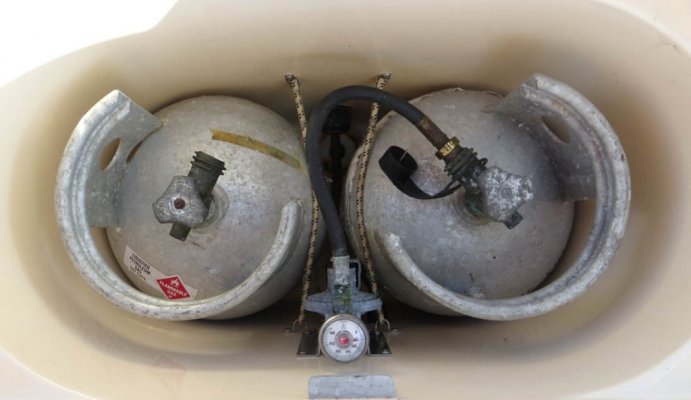tadhana
Guru
- Joined
- Jul 23, 2011
- Messages
- 596
- Location
- USA EAST
- Vessel Name
- Tadhana
- Vessel Make
- Helmsman 38 Pilothouse
What many surveyors, and others miss, is that each ABYC standard as an effectivity date. For instance: "A-1 MARINE LIQUEFIED PETROLEUM GAS (LPG) SYSTEMS
Based on ABYC's assessment of the existing technology, and the problems associated with achieving the goals of this standard, ABYC recommends compliance with this standard for all systems and associated equipment manufactured and/or installed after July 31, 2014."
ABYC knows that it is impossible/impractical to bring old boats up to new standards. In certain systems, such as propane systems an insurance surveyor may recommend that the system be brought up to the latest standard. That is a reasonable request on most boats. But to bring the Electrical system on a 1980 Chris Craft up to the 2016 standards is impossible. To bring a 1990 diesel fuel tank label up to the 2016 standard is impossible.
Any experienced surveyor understands that the boat is built to the standards in effect at the time it was built. The USCG regulations also say the same thing. Boats must be in compliance with the regulations on the date they were built. There are a lot of 1960's outboard runabouts still gonig strong, but they do not have the built in flotation required by current law.
Think of it this way. When building codes change do we go back and change every existing house? No. When auto safety standards change do we go back and change every existing automobile? No.
Based on ABYC's assessment of the existing technology, and the problems associated with achieving the goals of this standard, ABYC recommends compliance with this standard for all systems and associated equipment manufactured and/or installed after July 31, 2014."
ABYC knows that it is impossible/impractical to bring old boats up to new standards. In certain systems, such as propane systems an insurance surveyor may recommend that the system be brought up to the latest standard. That is a reasonable request on most boats. But to bring the Electrical system on a 1980 Chris Craft up to the 2016 standards is impossible. To bring a 1990 diesel fuel tank label up to the 2016 standard is impossible.
Any experienced surveyor understands that the boat is built to the standards in effect at the time it was built. The USCG regulations also say the same thing. Boats must be in compliance with the regulations on the date they were built. There are a lot of 1960's outboard runabouts still gonig strong, but they do not have the built in flotation required by current law.
Think of it this way. When building codes change do we go back and change every existing house? No. When auto safety standards change do we go back and change every existing automobile? No.




